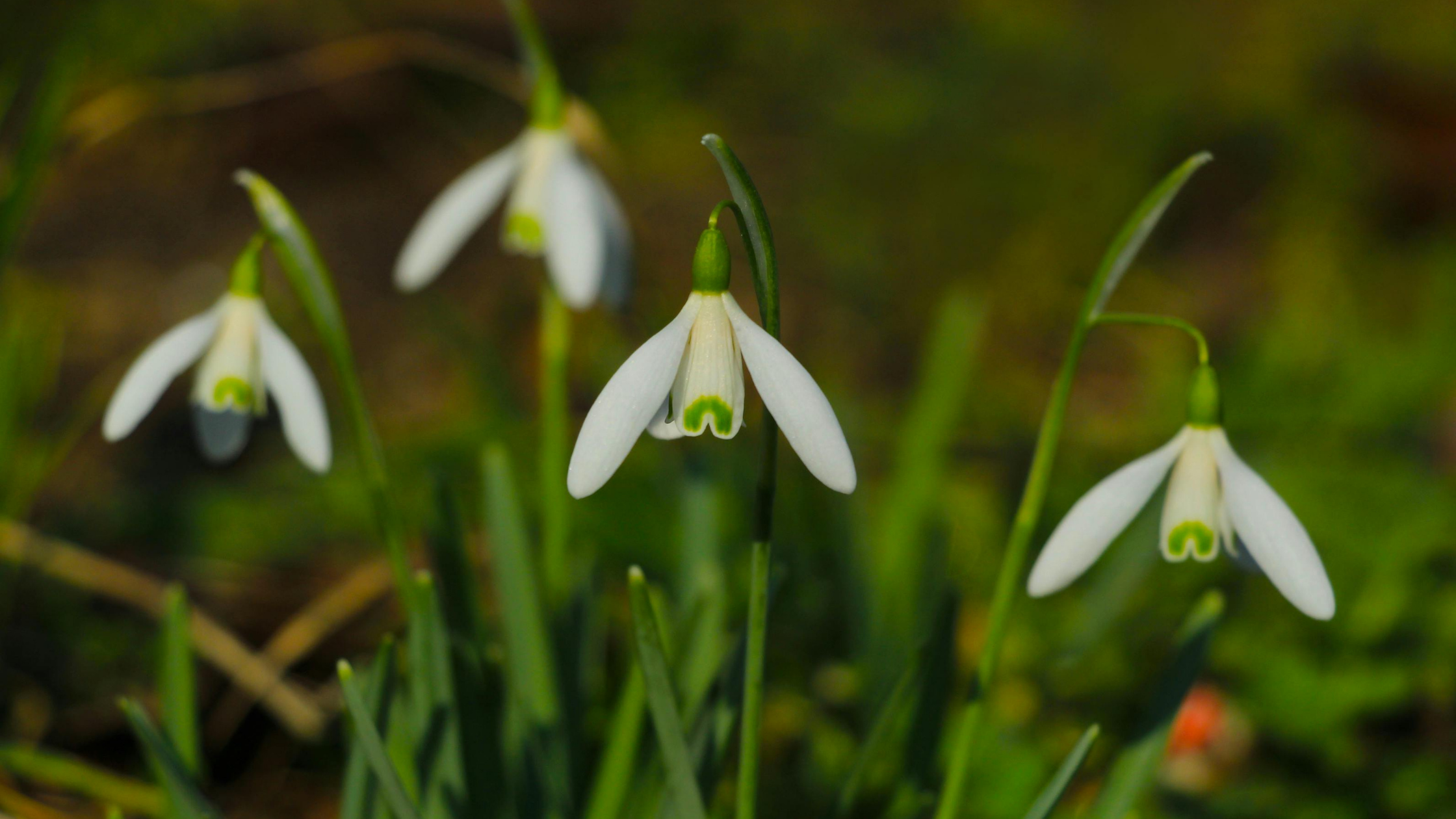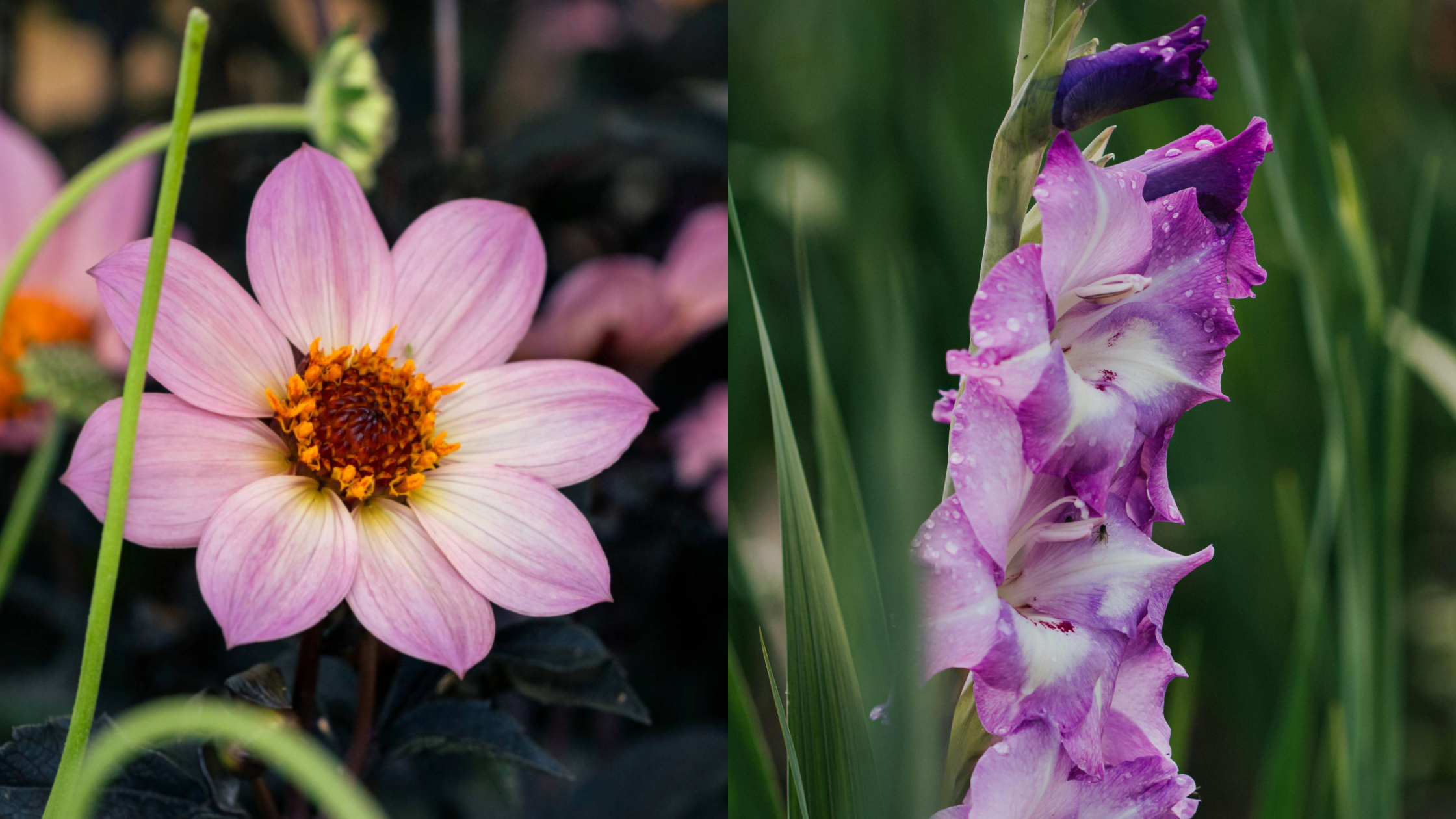Posted by Aidan Burford on 27th Feb 2025
Gardening Jobs for March

Spring is just around the corner! We’ve spent the cold winter days preparing our gardens for this moment, and we can finally start to look ahead at planting and growing for this summer. Ready to get growing? Make sure to add all these jobs in the garden in March to your to-do list.
What to plant in March
Plant summer-flowering bulbs in pots and containers.
You might be thinking, ‘What can I plant in March?’ Well, there are plenty of bulbs to plant in March! Throughout the month, you can start planting your summer-flowering bulbs in pots and containers, including Dahlias, Lilies, Begonia, Gladioli and more!
Check our growing guides to find out how you can get started. As a rule of thumb, plant bulbs 3-4 times the depth of the bulb, in moist, well-draining soil. When you have them planted in pots, keep them indoors or in a greenhouse to mature. When all risks of frost have passed, usually around mid-May, you can move your containers into the garden, or dig up and transplant the bulbs into the ground, beds or borders.
Plant bulbs in the green.
If you still haven’t planted your bulbs in the green, March is your last chance to get them in the ground. When they arrive, plant snowdrops, bluebells and eranthis in their desired spot for more spring colour. Bulbs in the green come to flower much quicker than ordinary bulbs, so expect swathes of beautiful flowers in no time.
You can leave these in the ground when they start to die back, and they’ll come back even better next year - naturalising and giving you double the flora!
Plant roses and other shrubs.
Shrubs are still in their winter dormancy, meaning you can still get those planted now. March is the perfect time to plant new roses and other loose-rooted shrubs and climbers. Upon delivery, soak the roots in water for 24 hours, and then plant where desired. We should still get plenty of rain for the rest of the month, so no need to water in.
Plant loose-rooted perennials.
We told you there’s plenty to begin planting in March! You can now start planting your loose-root perennial plants, such as Agapanthus, Geraniums or Iris, to name a few of your customer favourites. These can be planted from March to May but may need some protection from frost if we are predicted to have a colder March and April. Keep reading for mulching tips.
Similarly to shrubs, soak loose roots in water for 24 hours to rehydrate the plant and prepare it to go into the ground. When your plants have had a well-needed drink, plant them out in the garden.
Have you seen what’s trending this year? Watch our video on Gardening Trends for 2025 and start planning your summer displays! We’ve got everything you’ll need to grow that maximalist border or a wildflower meadow.
Sow wildflower seeds in trays or modules.
Grow your own mini meadow with wildflowers! Natural gardens are on everyone’s mind, and now’s the time to bring your Pinterest board to life. Plant seeds in trays or modules and store them in a heated greenhouse or on a warm windowsill. Leave to germinate for 5-6 weeks or until you see a healthy root system, and then transplant these into the garden in Spring.
Read our full blog on Seeds to Sow in March for our full list of sowing advice to get ahead for Spring.

Gardening in March
Maintain early spring flower bulbs.
Many varieties of Snowdrops, Crocus and Daffodils have already started to flower! Make sure you’re picking off any developing seed heads to keep them neat and healthy. Leave any dying foliage to die back naturally - the energy will be pulled back to the bulb for more blooms next year!
Deadhead spring flowers and winter bedding.
Continue to deadhead all spring flowers and winter bedding to promote new growth and keep your displays flowering for as long as possible. Deadheading also stops flowers from seeding to ensure your garden stays healthy and productive.
Top tip: Don’t forget you can also order your summer bedding now! Shop our range of rapid, maxi, jumbo and garden-ready plugs now - perfect for gorgeous baskets and containers.
Check tender shoots for aphids.
Keep an eye on all the new growth in the garden, and make sure you don’t have any aphids or other diseases. If you find aphids, remove them before the infestation spreads, and use some natural pest control to prevent the spread. Ladybird larvae are one of the best forms of pest control they’re natural predators of greenfly and blackfly and can be picked up either online or at a local garden centre.
Prune your Roses.
Prune established roses before the Winter dormancy comes to an end. Hard pruning encourages new, healthy growth and lets you reshape roses as desired. Cut stems at a 45-degree angle with a paid or sharp secateurs to ensure excess water doesn't build up and rot off your shrubs.
Tidy up alpine plants.
As alpines start to flower, remove any dead foliage and give them a general tidy to make sure they grow neatly for a tidy garden. We’d also recommend mulching with some potting grit finely, just to ensure their foliage doesn’t sit on the wet soil and take any damage or rot.
Tidy up your borders.
It’s a great time to do some spring cleaning ahead of the season! Check your garden for weeds and remove all established and newly-germinating weeds as best as you can. Removing them now will ensure you don’t have any leftover stubborn weeds through Spring, and keep your garden looking nice throughout the season, as long as you stay on top of the weeding.
Mulch your borders.
Lastly, protect your garden from a cold snap by generously mulching your borders with compost. Mulching locks in moisture and heat so any frosts can’t get through to the roots.
ou can also use an ericaceous fertiliser on shrubs such as rhododendrons, azalea and camellia to keep them healthy and protected.
Vegetables to plant in March
Plant early potatoes in trenches or tubs.
If you started chitting your seed potatoes last month, you can now plant these out into trenches outdoors in the vegetable plot or in large tubs. Plant early potatoes 30cm apart and cover with at least 2.5cm of soil on top. When the shoots reach 20cm tall, mound up your soil around the shoots.
Expert tip: Plant potatoes in a different spot each year to avoid any diseases and other problems. This is called rotating your crops, and makes sure you’re getting the best quality veg every year!

Bulbs to plant indoors now
Dahlias.
Dahlias are our best-selling summer flowering bulbs every year! We stock a large range of gorgeous dinner plate dahlias for huge, long-lasting blooms, and even unique varieties like pompom dahlias and cactus dahlias for something different. Explore the full range and find your perfect match.
Gladioli.
Gladioli are a cottage garden staple. They produce tall spires or beautiful, colourful blooms and help attract butterflies and other pollinators to the garden.
Garden Plants for March:
Pulmonaria Collection
Helleborus Double Ellen Collection
Iberis Collection
Recommended Blogs for You
How to Store Daffodil Bulbs | How to Plant Dahlias In Pots | Bulbs to Plant in March

